PPT-The Practice of Statistics, 5th Edition
Author : celsa-spraggs | Published Date : 2018-11-09
Starnes Tabor Yates Moore Bedford Freeman Worth Publishers CHAPTER 5 Probability What Are the Chances 51 Randomness Probability and Simulation Learning Objectives
Presentation Embed Code
Download Presentation
Download Presentation The PPT/PDF document "The Practice of Statistics, 5th Edition" is the property of its rightful owner. Permission is granted to download and print the materials on this website for personal, non-commercial use only, and to display it on your personal computer provided you do not modify the materials and that you retain all copyright notices contained in the materials. By downloading content from our website, you accept the terms of this agreement.
The Practice of Statistics, 5th Edition: Transcript
Download Rules Of Document
"The Practice of Statistics, 5th Edition"The content belongs to its owner. You may download and print it for personal use, without modification, and keep all copyright notices. By downloading, you agree to these terms.
Related Documents

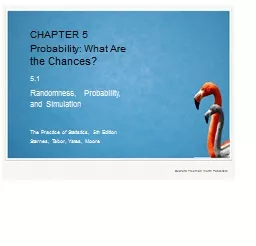
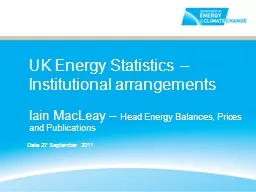
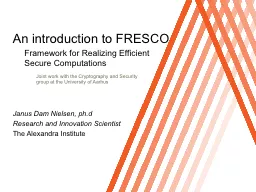
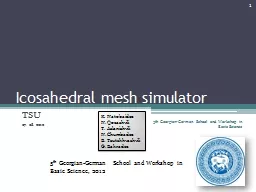
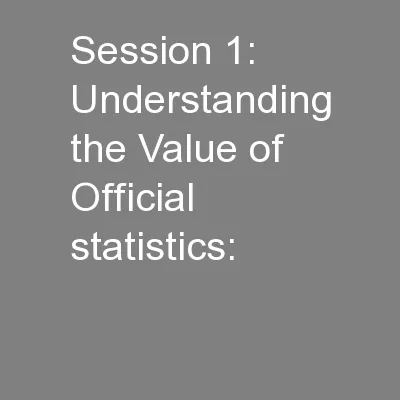




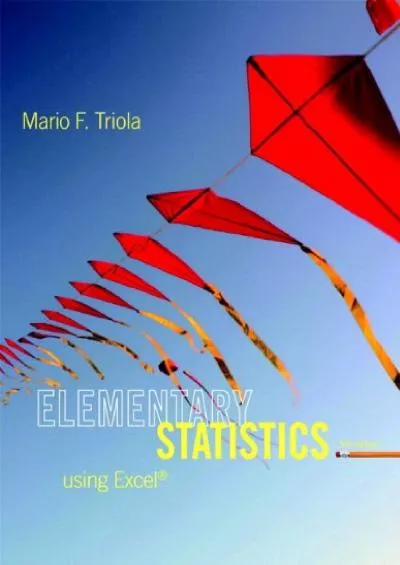

![Read ebook [PDF] Texas Criminal and Traffic Law Manual Judicial Edition 2021-2023 Edition](https://thumbs.docslides.com/1019121/read-ebook-pdf-texas-criminal-and-traffic-law-manual-judicial-edition-2021-2023-edition.jpg)
